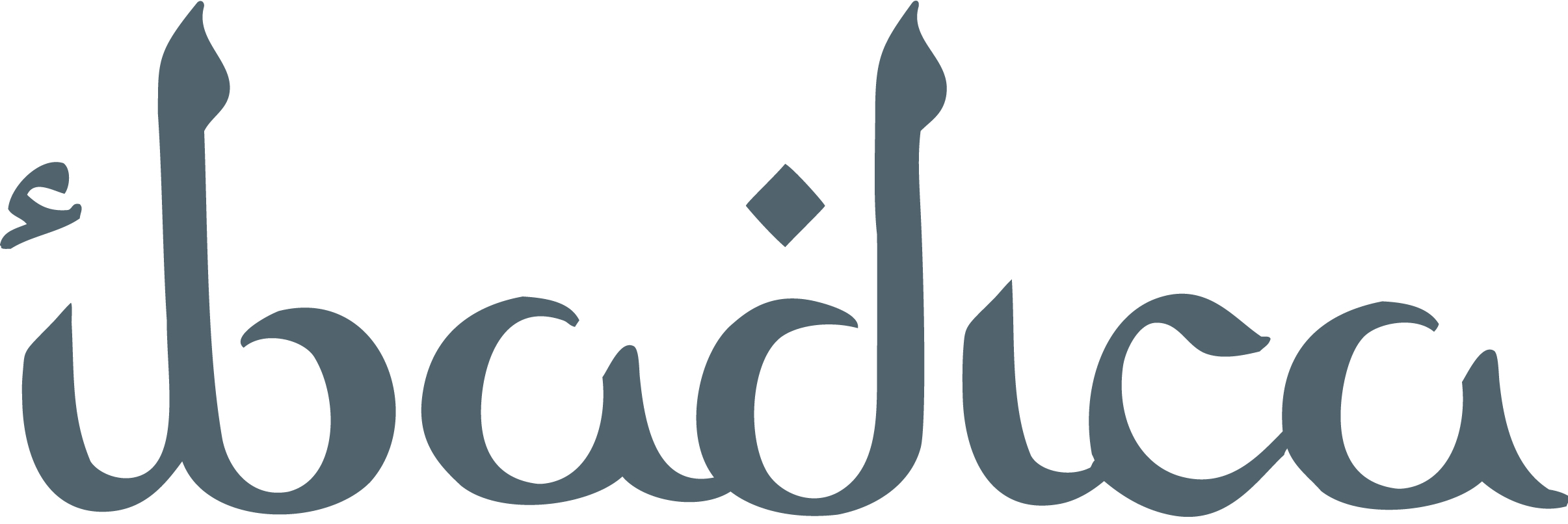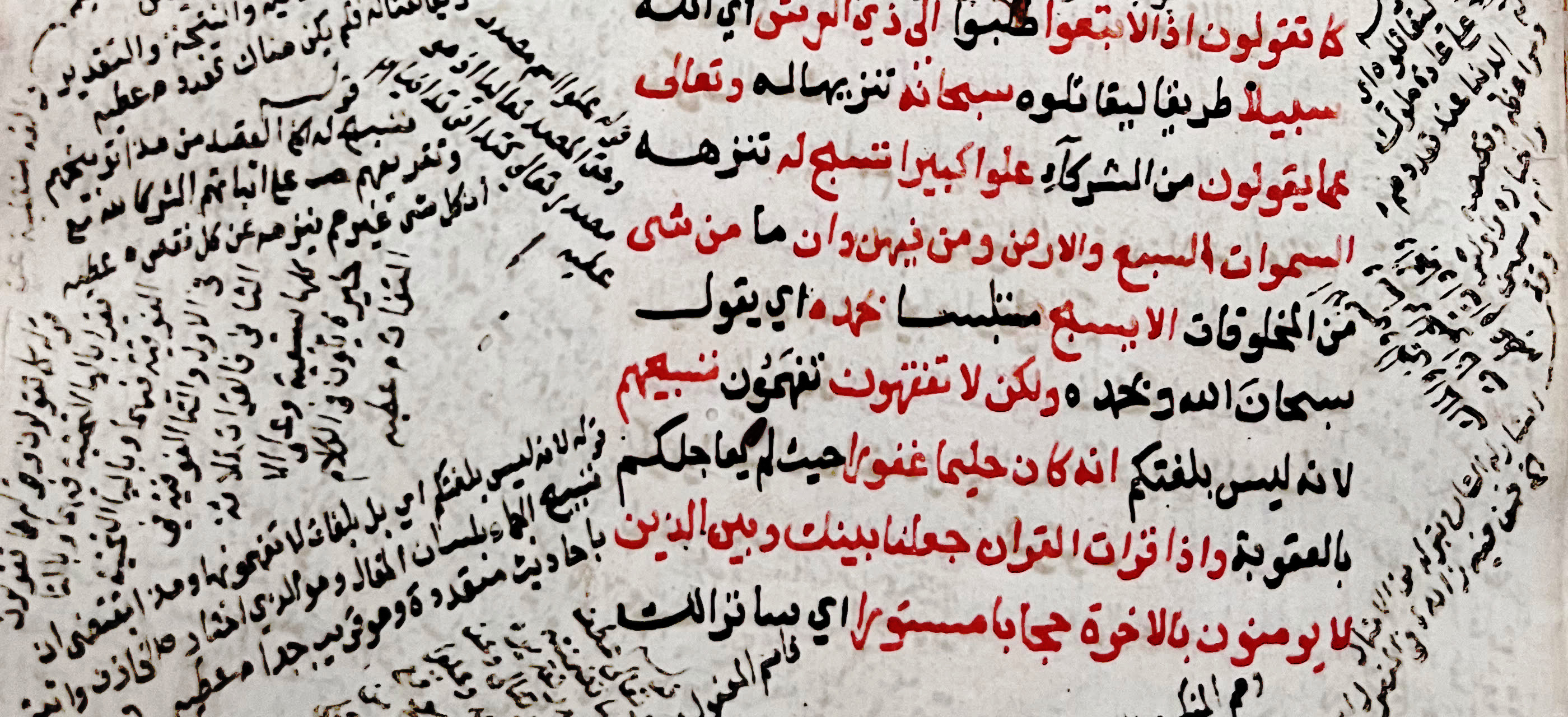Literature-based Survey of Medicinal Plants Since 1900: A Case Study to Treat Cancer in the Sultanate of Oman
Contenu
- Titre
- Literature-based Survey of Medicinal Plants Since 1900: A Case Study to Treat Cancer in the Sultanate of Oman
- Auteur
- Khan, Asif
- Khan, Ajmal
- Murad, Waheed
- Halim, Sobia Ahsan
- Jan, Hammad Ahmad
- Broumi, Mohammed al-
- Harrasi, Ahmed al-
- Date
- 2024
- Résumé
-
ETHNOPHARMACOLOGICAL RELEVANCE: Due to the high prevalence of cancer, researchers for the past decades have made considerable efforts for its management and treatment. Medicinal plants have always been exploited to discover novel anticancer agents. Oman's huge biodiversity has created a rich source of traditional medicine.
OBJECTIVE: The current survey has aimed to document the traditionally used medicinal plants of Oman and their therapeutic role in the treatment of cancer.
MATERIAL METHOD: This study comprises of literature-based survey through different databases, including Google, Scopus, Google Scholar, Web of Science, Science Direct, Springer Link, BioMed Central and PubMed.
RESULTS: The current review revealed a total of 57 plant species that belong to 35 families that are used in the treatment of cancer in Oman. Most documented plants belong to Solanaceae (6 sp.), Apocyanaceae (5 sp.) and Lamiaceae (4 sp.). The literature reveals that the residents of the area mostly use leaves (38.5%) and prepare their recipes in the form of decoction (40.3%). Moreover, herbs are the most dominant life form (43.85%). Among all forms of cancer in Oman, breast (47%), wound (26), and lung cancer (0.5%) were found dominantly. A literature study confirmed that the medicinal plants used for cancer in Oman are rich in phytochemicals such as quercetin, allicin, coumarin, alliin, kaempferol, solamargine, rutin, lupeol, ursolic acid and luteolin that have shown significant biological activities including anti-cancer potential. It reflects the efficacy of these plants to be used as a medicine in clinical trials. Among all, Boswellia sacra Flueck. is of key importance due to the presence Boswellic acid being used for the treatment of different types of cancer.
CONCLUSION: The residents of Oman have great knowledge about the traditional use of medicinal plants for the treatment of various diseases like cancer. The therapeutic potential and physiological efficacy of Omani medicinal plants should be further explored at a molecular level via in vivo and in vitro experiments. - Sujet
- Botanique -- Oman
- Langue
- eng
- Titre abrégé
- Curr Top Med Chem
- Literature-based Survey of Medicinal Plants Since 1900
- doi
- 10.2174/0115680266318053240819100111
- issn
- 1873-4294
Position : 196 (88 vues)

